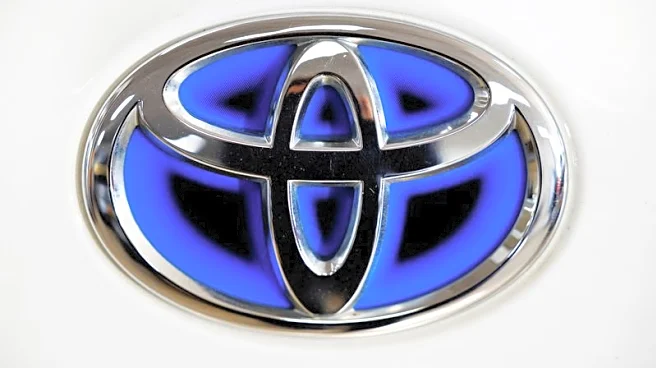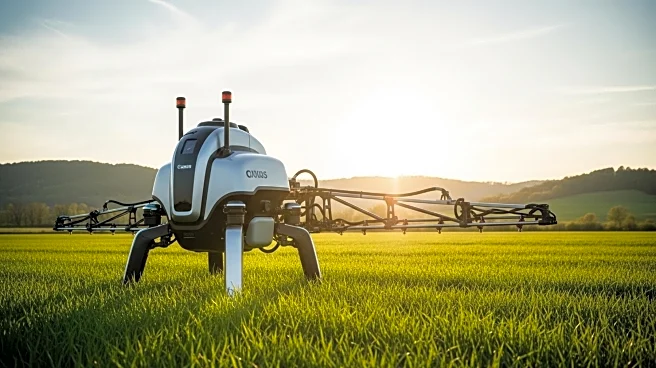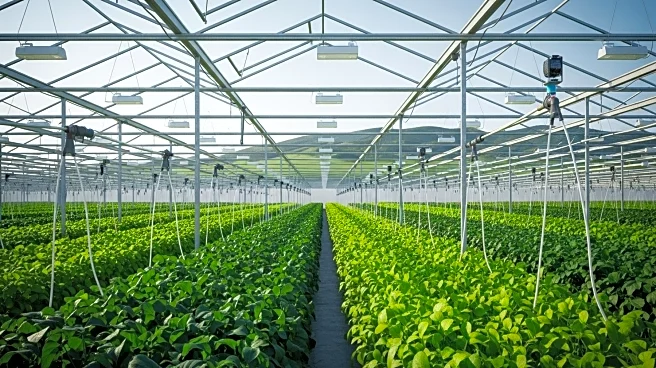What's Happening?
The global agriculture equipment market is anticipated to grow significantly, reaching USD 259.7 billion by 2033, according to a report by IMARC Group. This growth is driven by several factors, including government initiatives promoting farm mechanization, labor shortages in the agriculture sector, and increasing demand for food production. Governments worldwide are prioritizing mechanization to enhance food security and modernize farming practices. Programs such as the U.S. Farm Bill and Europe's Common Agricultural Policy are providing subsidies and technological support to encourage adoption. Additionally, the shrinking agricultural workforce is pushing farmers towards mechanization, with countries like Japan and the U.S. adopting robotic solutions to address labor deficits. The rising global food demand is further accelerating the adoption of advanced agricultural machinery, which is crucial for maintaining supply chain stability and meeting food security needs.
Why It's Important?
The expansion of the agriculture equipment market is vital for addressing global food security challenges and modernizing farming practices. Mechanization helps mitigate labor shortages, ensuring timely planting and harvesting, which is essential for safeguarding yields. The adoption of advanced machinery also enhances productivity and resource efficiency, crucial for meeting the growing food demand driven by population growth and dietary diversification. Furthermore, the integration of precision agriculture tools and the rise of electric and autonomous machines are transforming farm management, promoting sustainable farming practices. This shift not only supports economic growth in the agriculture sector but also contributes to reducing rural poverty and enhancing resilience against climate challenges.
What's Next?
The agriculture equipment market is expected to continue its growth trajectory, with governments and industry stakeholders focusing on expanding mechanization initiatives. The adoption of precision agriculture tools and electric and autonomous machines will likely increase, driven by technological advancements and sustainability goals. Equipment-as-a-Service models are also gaining traction, providing farmers with access to advanced technologies without heavy investments. As fragmented landholding patterns persist, these models are becoming essential for democratizing mechanization and expanding access to modern tools. The market will also see increased investments in research and development, strategic partnerships, and product launches to capture market share.












